Phyllostachys aurea
Phyllostachys aurea or "Golden Bamboo", is a bamboo species native to China and Vietnam. It is a graceful bamboo producing large clumps of bright green canes becoming yellowish with age and exposure. The culms are easily identified by their characteristic compressed internodes in the lower part of the canes which have a tortoiseshell-like appearance.
Phyllostachys aurea is invasive and grows in many types of soil and climatic conditions, therefore it is often used for controlling erosion. It is also a very popular bamboo for living fences, furniture manufacturing, ceilings, and is suitable as an indoor ornamental plant in pots or containers.
| Plant Info | |
|---|---|
| Scientific Name | Phyllostachys aurea |
| Synonyms | Phyllostachys breviligula, Phyllostachys formosana |
| Common Names | Fishpole Bamboo, Golden Bamboo, Monk's Belly Bamboo, Fairyland Bamboo |
| Family | Poaceae |
| Tribe | Arundinarieae |
| Genus | Phyllostachys |
| Height | 2-8 m |
| Diameter | 2-4 cm |
| Growth Habit | Running (Invasive) |
| Color | Bright green, changing to a golden color when exposed to the sun. |
| Internodes | 10-20 cm |
| Wall thickness | 4-8 mm |
| Branches | 2 branches at the nodes with 1 branch a little bigger. |
| Leaves | 5-8 cm long, 5-11 mm wide. |
| Climate | Temperate - Subtropical |
| Exposure | Full Sun - Partial Sun. |
| Hardiness | -18°C |
| Soil | Loam - Moist but well-drained. |
| Water Needs | Average |
| Planting Distance | • Every 1 meter for screening. • 2 x 2 m for erosion control. • 3 x 3 m for culm production. |
| Edibility | (1 of 5) |
| Flowering Cycle | 13-29 years |
| Origin | China, Vietnam |
| Uses | Timber, Fencing, Furniture, Light Construction, Ceiling Cover, Paper Pulp, Plywood, Flooring, Musical Instruments, Utensils, Walking Sticks, Umbrella Handles, Fishing Rods, Rayon, Food, Charcoal, Screening, Erosion Control, Sound Barriers, Ornamental, Potted Indoor Plants. |
Rhizomes
Phyllostachys aurea is open, sometimes tufted, running bamboo (monopodial). It can spread aggressively and may become invasive. If left alone P. aurea will grow in large groves. A mature stand may spread 4-8 m underground each year, and can produce 15 km of rhizomes during its lifetime.
Shoots
Phyllostachys aurea shoots have an olive green to rosy color with small brown spots. The shoots are edible but of inferior quality.
Culms
The straight woody culms of Phyllostachys aurea are on average 2-8 m tall and 2-4 cm in diameter, but can grow up to 12 m tall. Young culms are light green with short white hairs below the sheath scars, and turn to a golden yellow color when exposed to full or partial sun. As the plant matures the culms deepen into a gold-orange color.
The nodes of Phyllostachys aurea are swollen above the sheath scar. Most canes will have uniformly spaced hollow internodes of 10-20 cm long with a wall thickness of 4-8 mm. Random culms have short and swollen lower internodes with a tortoise shell appearance, which makes Phyllostachys aurea easily to identify. Another unique feature of Phyllostachys is that the culms are grooved lengthwise above where the side branches occur.
Culm Sheaths
Culm sheaths of Phyllostachys aurea are typically 12-18 cm long, and have a yellow-green or pale red-brown color with variably sized brown spots. The outer surface is covered with short white hairs towards the base. Culm sheaths fall off shortly after the culm has reached its full height.
Branches
Phyllostachys aurea usually has 2 branches (sometimes 3) at the nodes which are unequal in thickness. The stiff and upright branches mostly start to develop from the middle part of the culm and are on average 40-125 cm long and 3-4 mm in diameter. The internodes of branches, like those on culm, are deeply grooved (“sulcus”) on alternate sides.
Leaves
Phyllostachys aurea has small lance-shaped leaves that are on average 5-8 cm long and 5-11 mm wide. Per ultimate branch there are 2 or 3 leaves that may be smooth or softly hairy with distinct cross veins.
Habitat
Phyllostachys aurea is a cold hardy temperate running bamboo tolerating temperatures as low as -18°C. In China, golden bamboo stands grow in sparsely wooded secondary forests at low elevations up to 1000 m in the southeast and up to 2000 m in southwest.
Phyllostachys aurea also thrives in tropical areas but may require some shade in the hottest climates. In Indonesia it mostly grows in the highlands above 700 m altitude, plants grown in the lowland have shorter and smaller culms. In the Philippines it grows very well in Baguio at 1500 m altitude with average temperatures of 18-26°C.
Phyllostachys aurea grows best on rich, deep and well-drained sandy and loamy soils, but tolerates a variety of soil types. In habitats less than ideal, it will continue to grow and spread at a diminished rate. Like most bamboos, it does not withstand waterlogged conditions.
Flowering
Phyllostachys aurea flowers sporadically and gregariously, but intervals between mass flowering events range from 13-29 years. Unlike other bamboos, Phyllostachys aurea usually recovers and does not die after seed setting.
Uses
Phyllostachys aurea has been widely introduced as a garden ornamental in both temperate and tropical areas of the world. It is also grown as hedges, screens, living fences, or to control erosion or as noise barriers. Golden Bamboo can be grown in containers or pots as houseplants, or as decoration outdoors.
Its basal culm parts are irregular, short and swollen, hence, they are sold as walking sticks, umbrella and fan handles and as material for handicrafts.
The straight upper part of the culm are used as fishing poles, ski poles, flutes, javelins, plant stakes and for furniture.
Phyllostachys aurea canes are fairly thinwalled, but extremely hard and super-flexible. If properly harvested and treated, they are very useful for light construction.




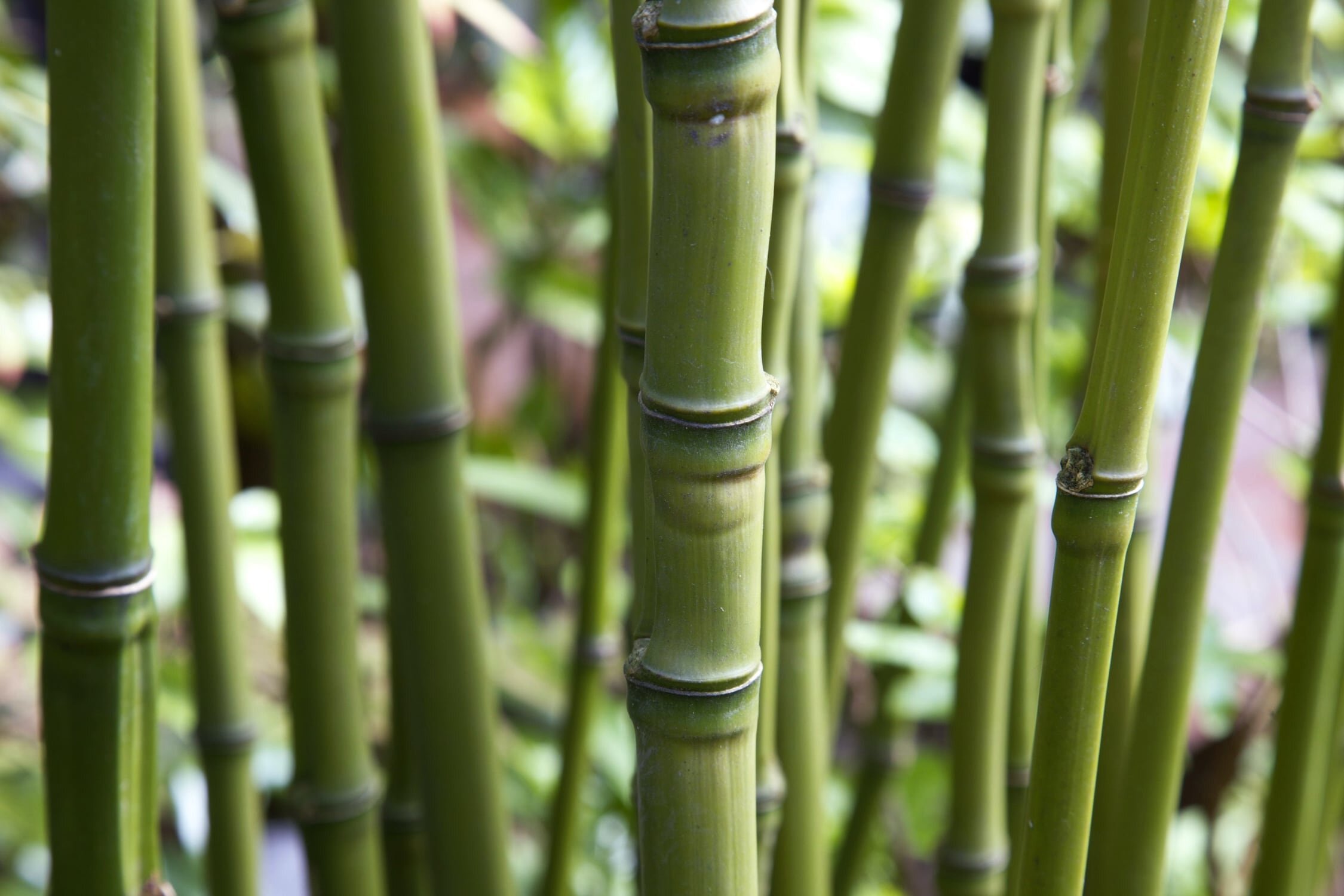

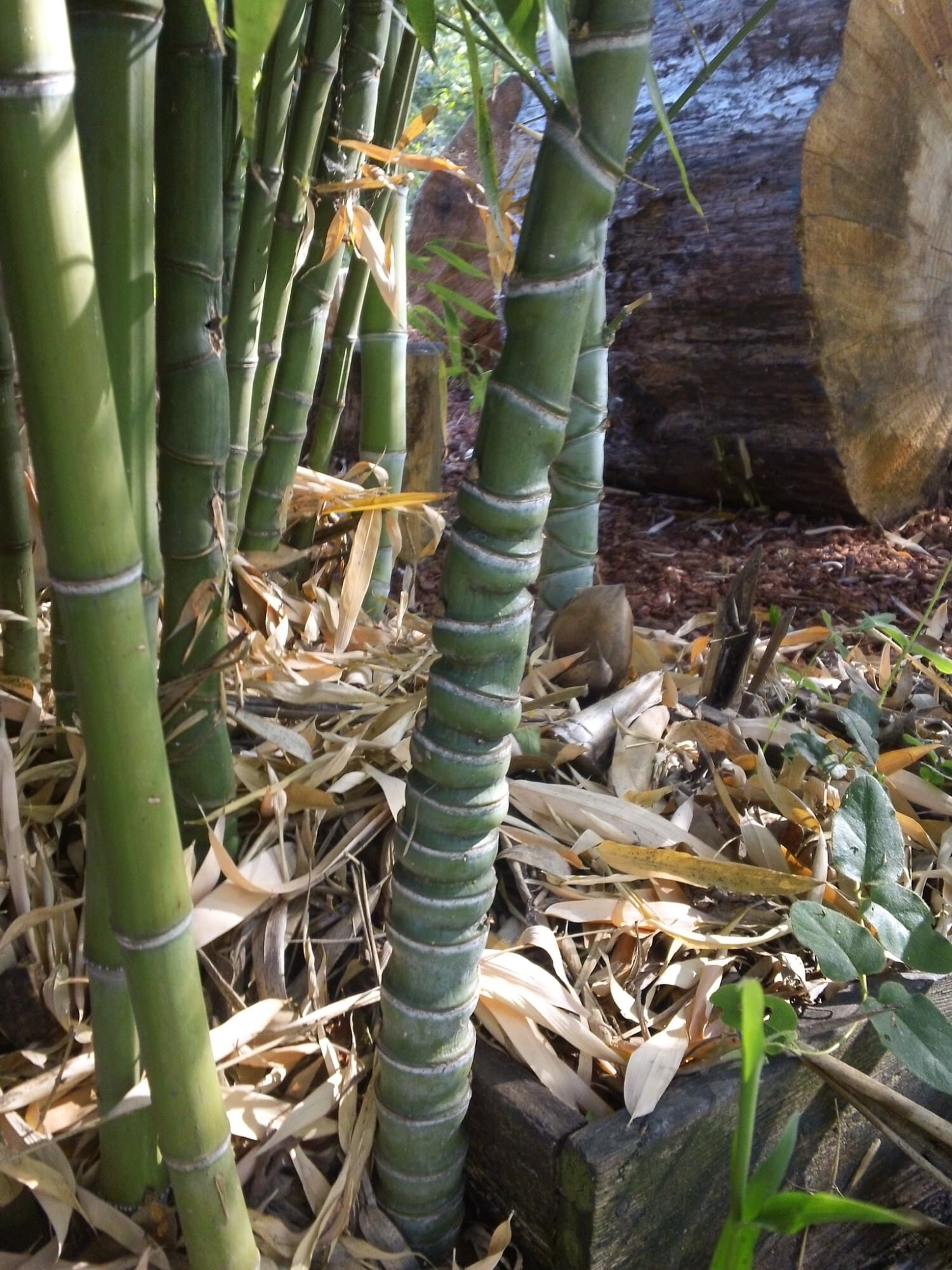









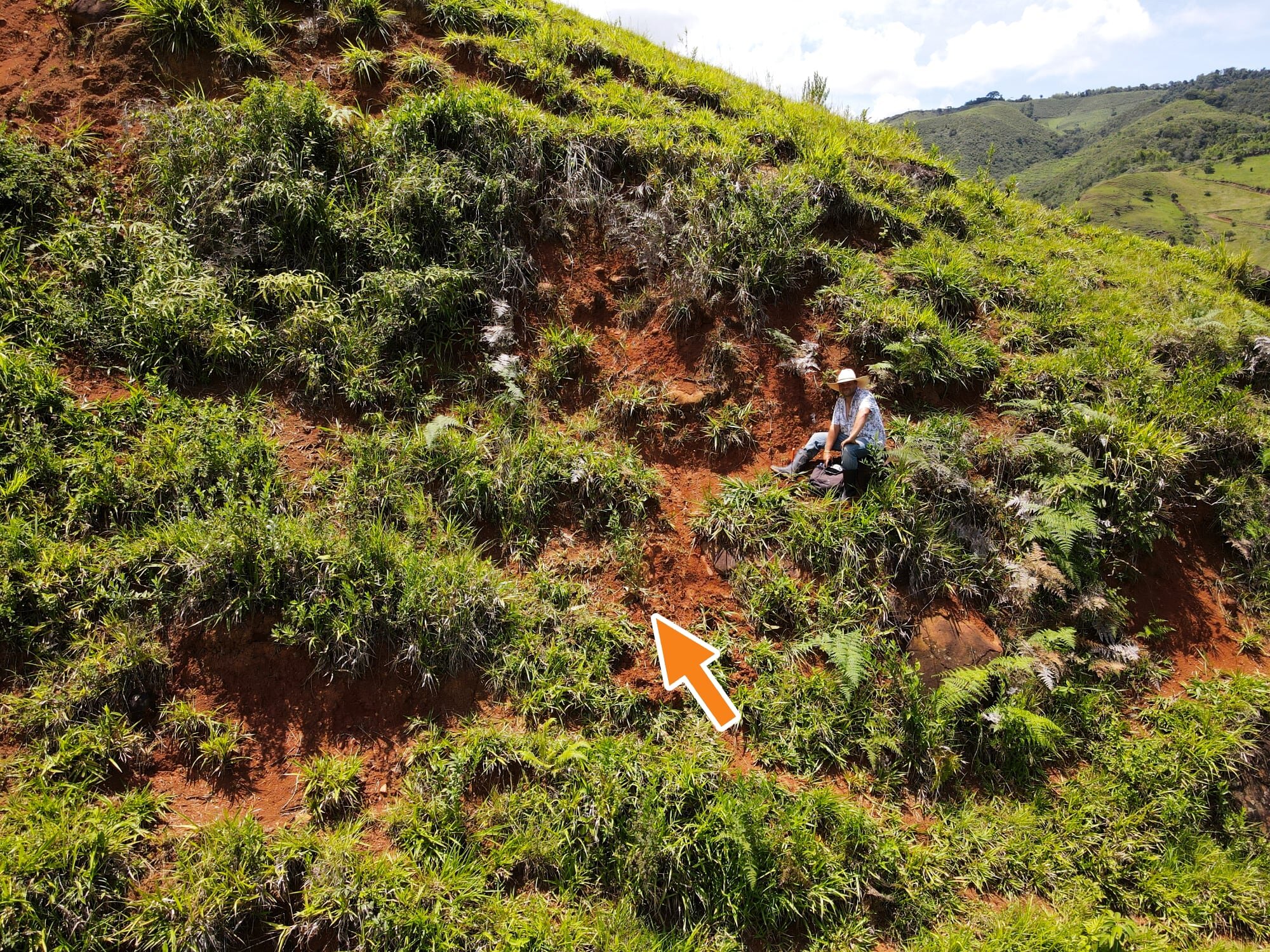
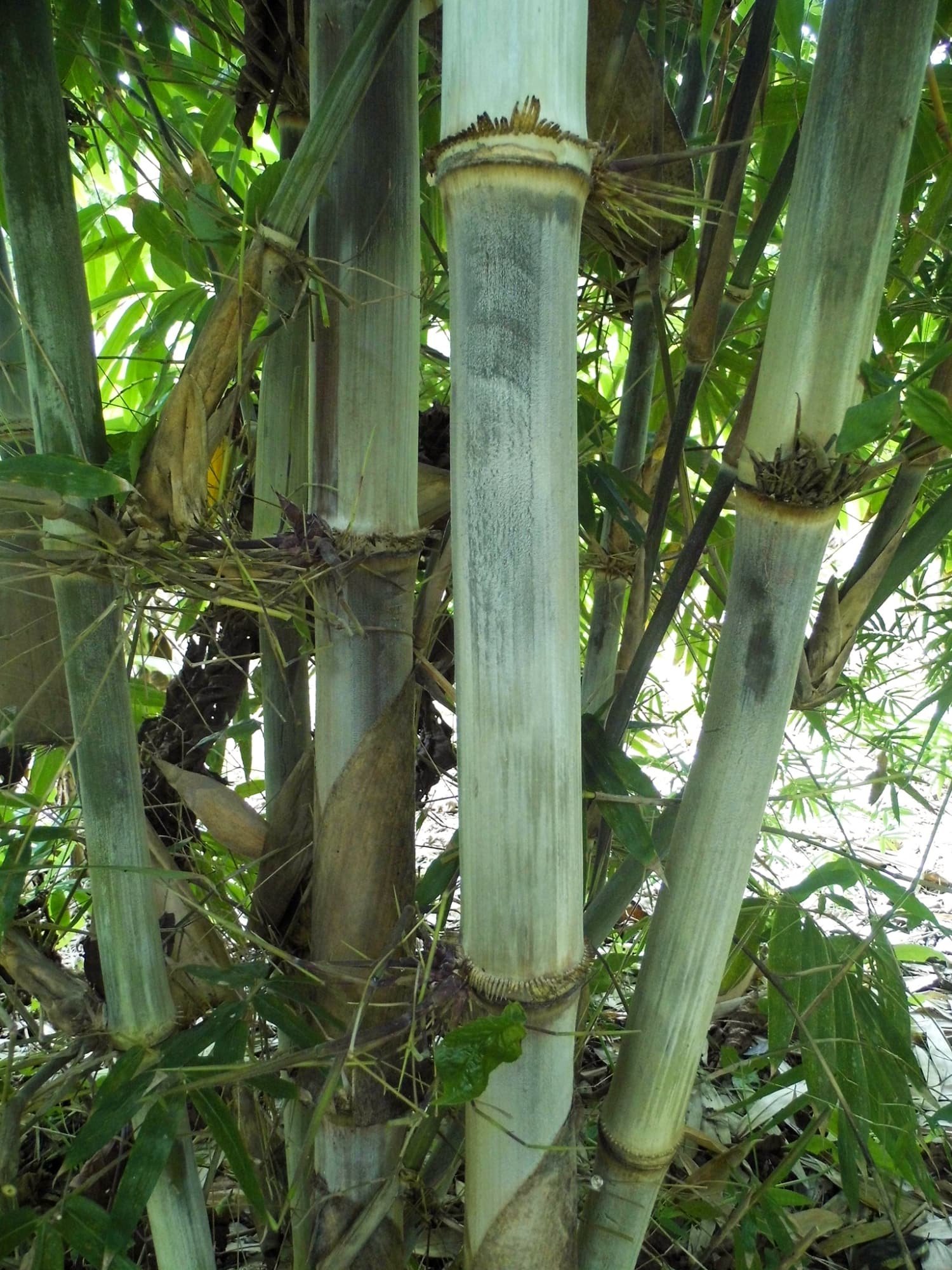


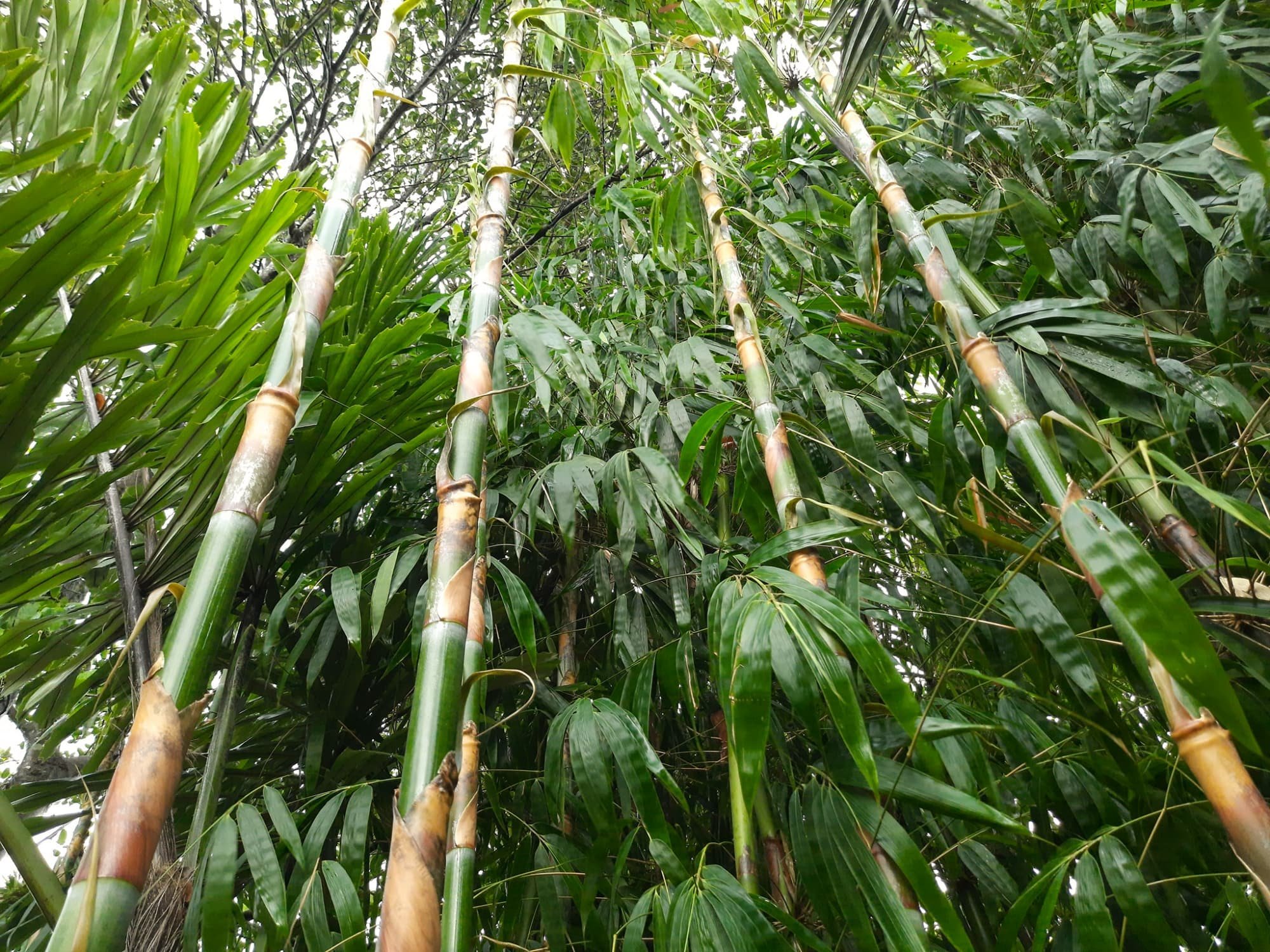
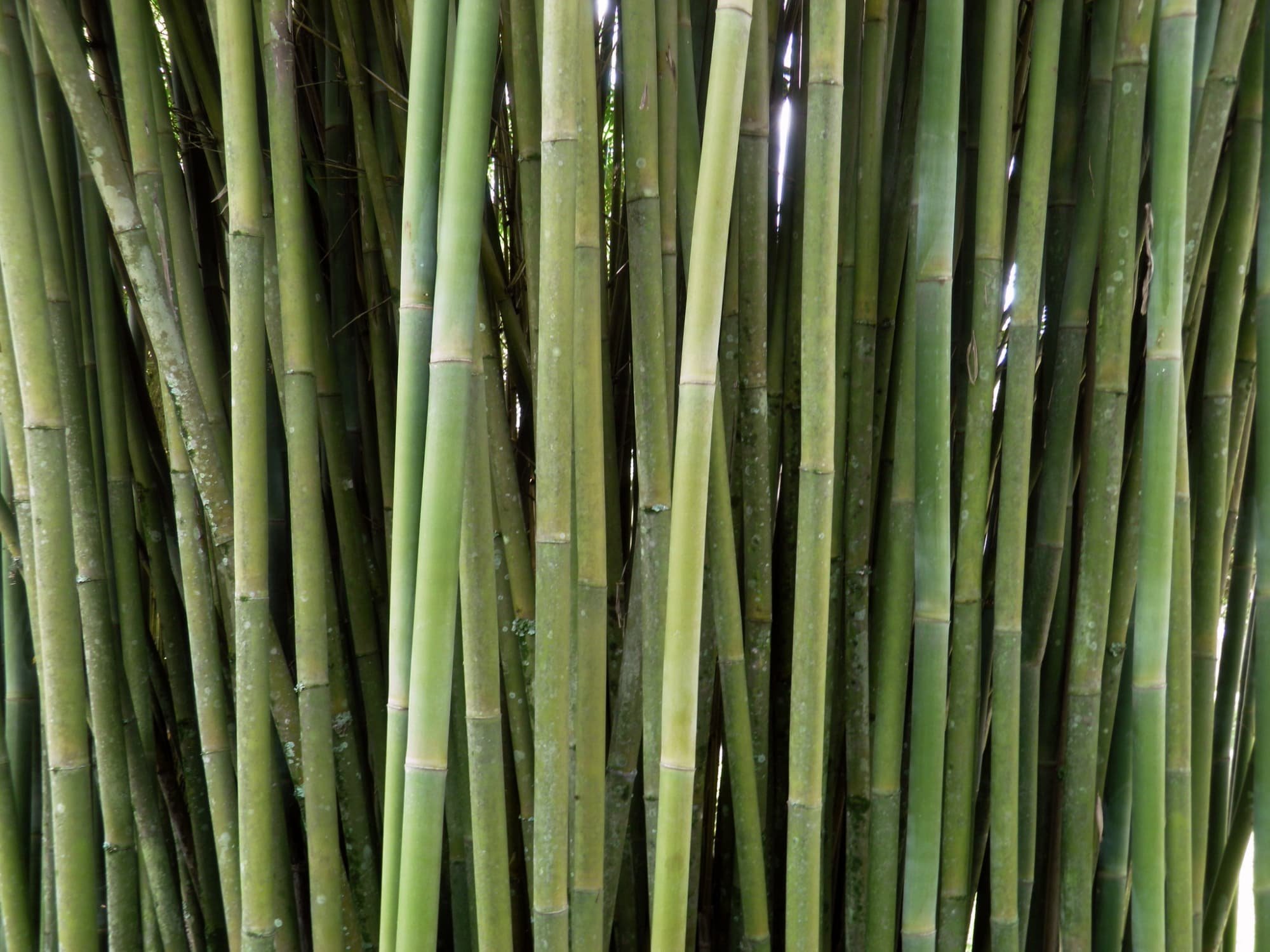
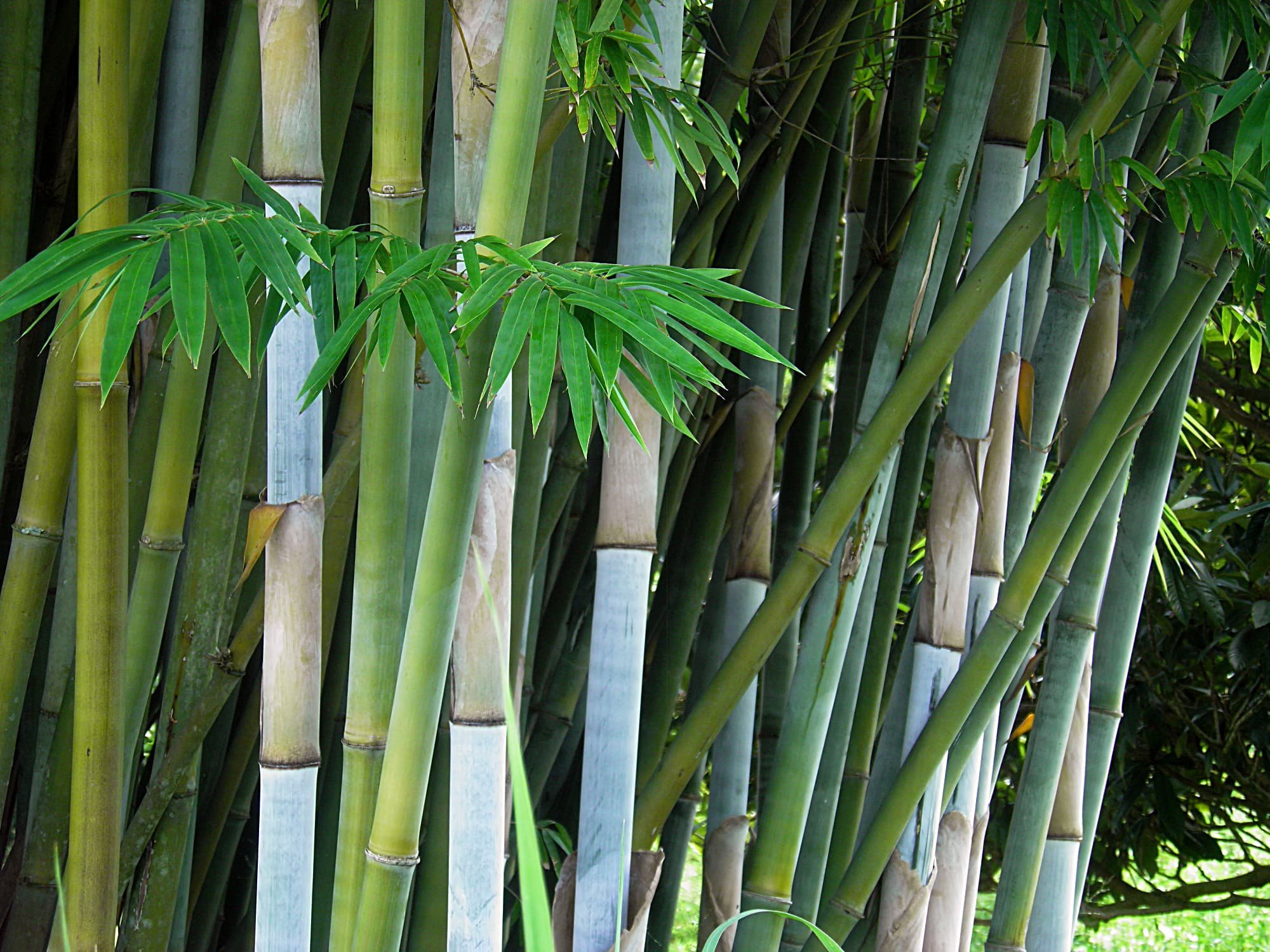
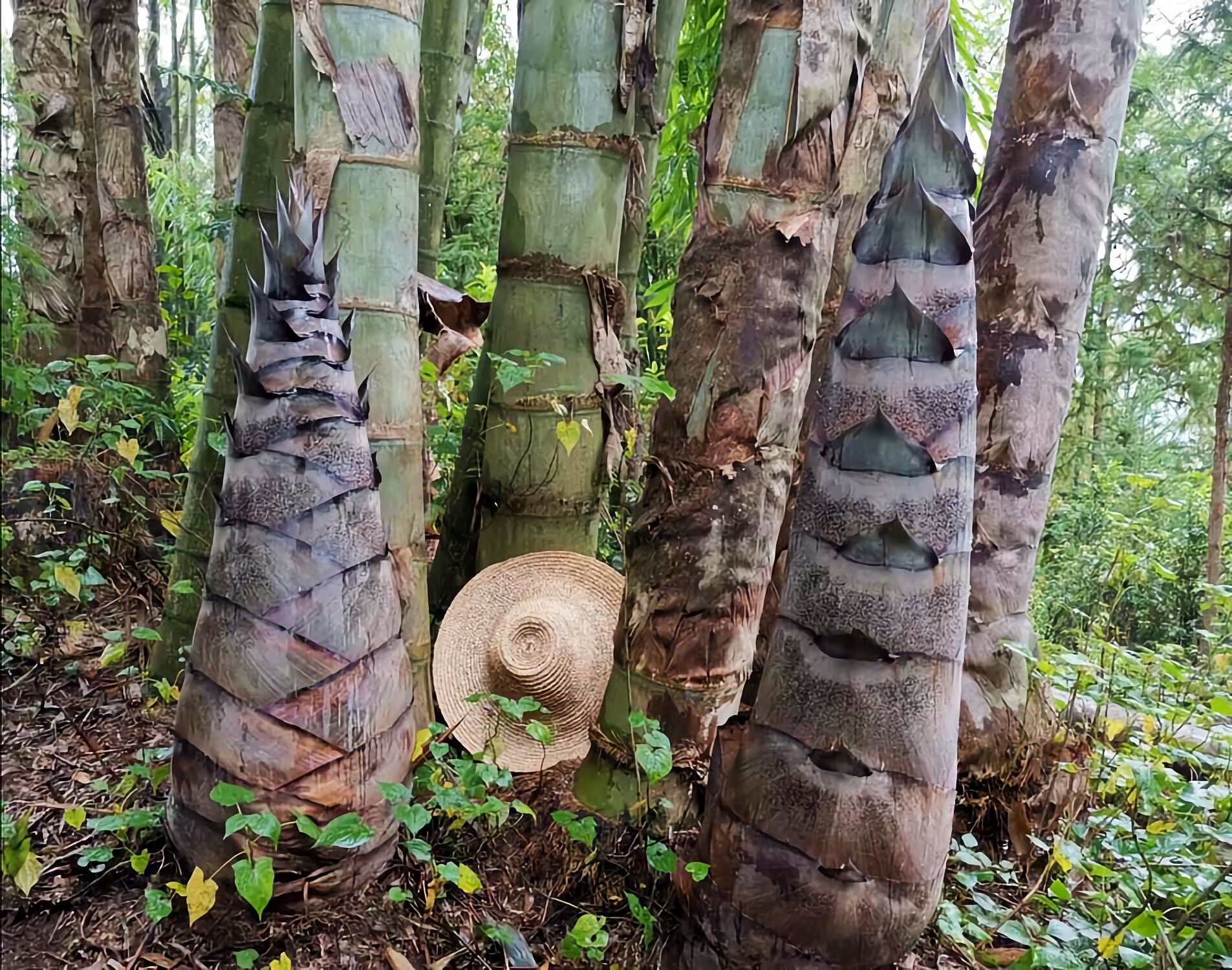
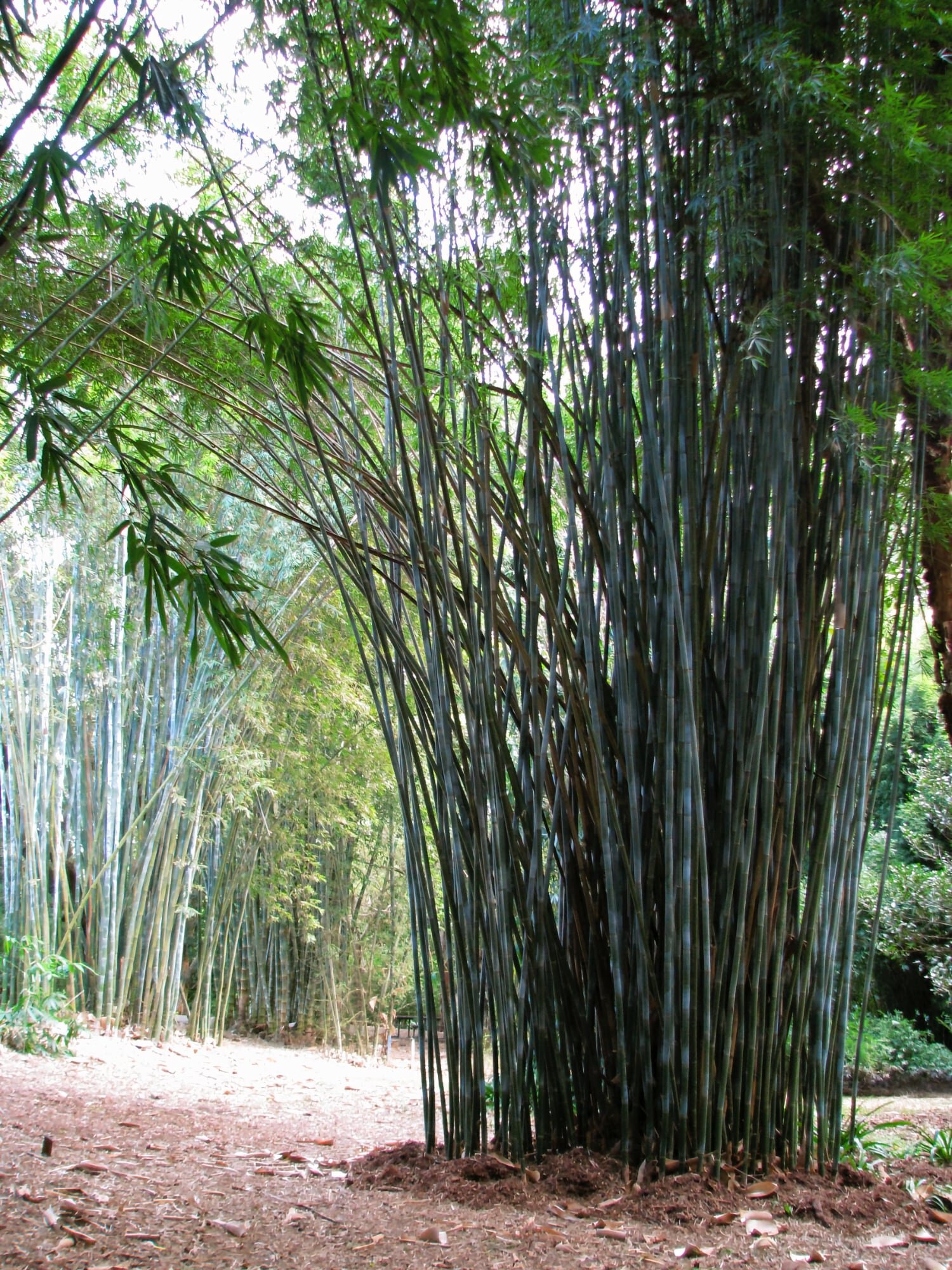
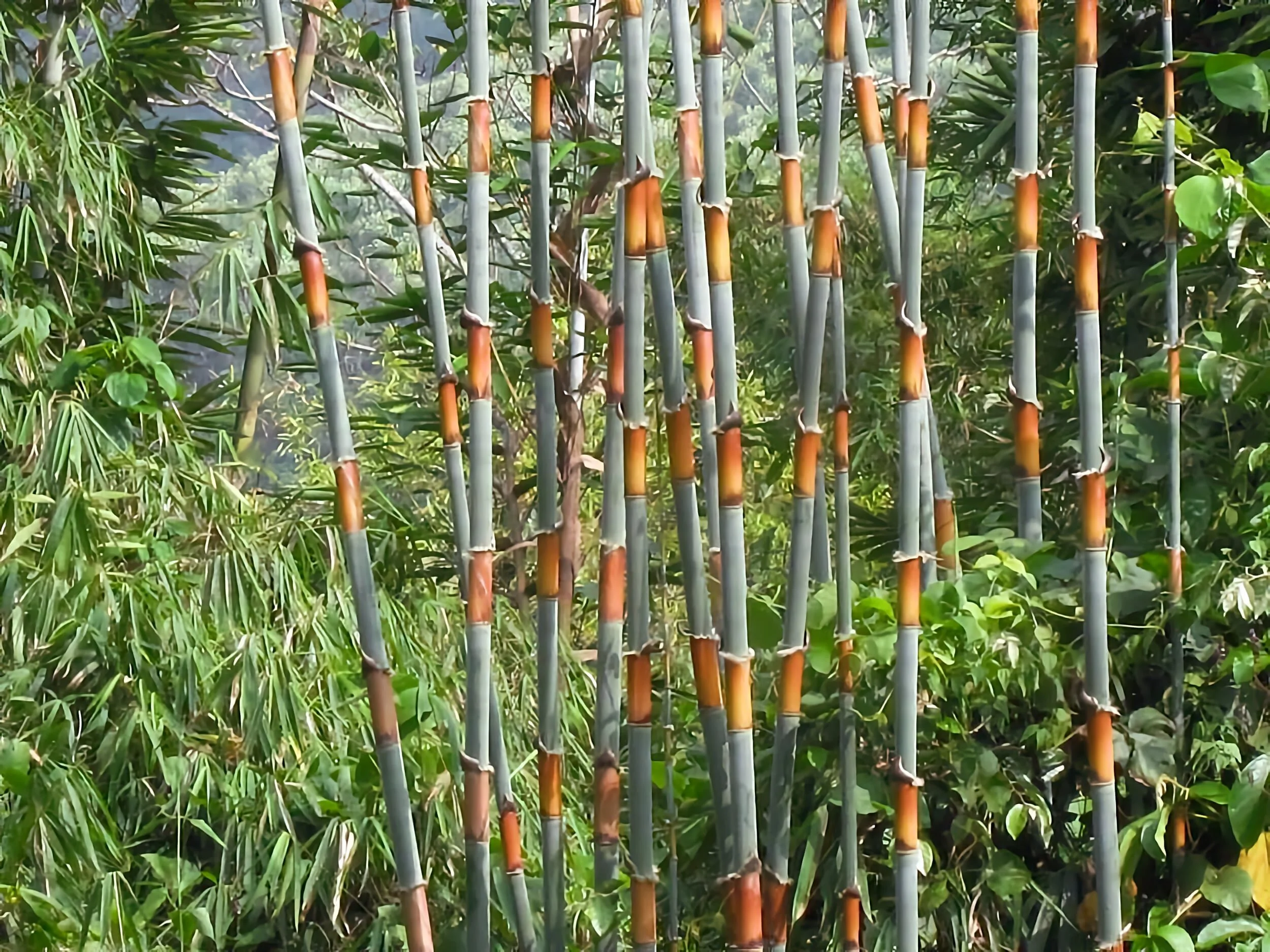
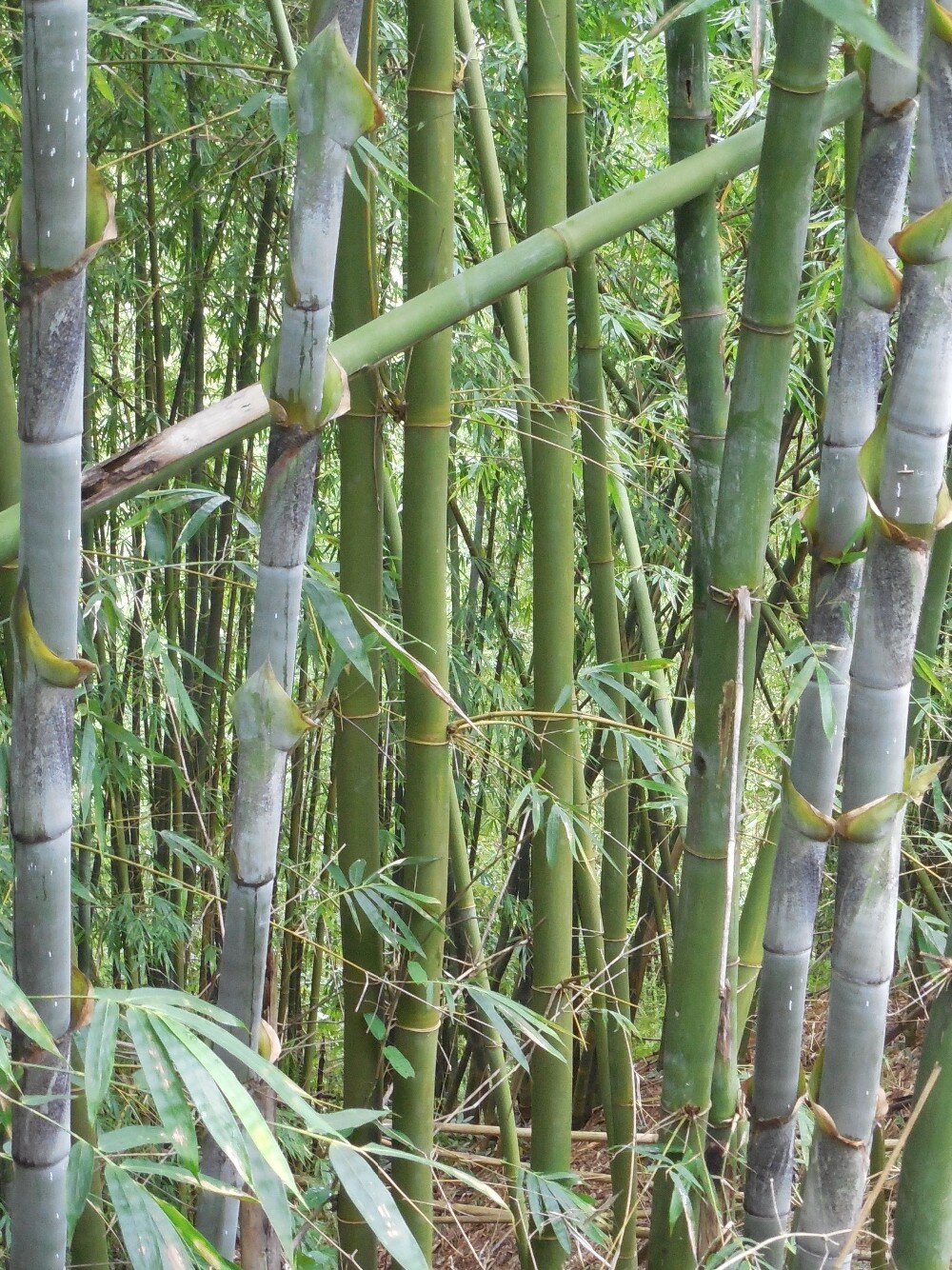
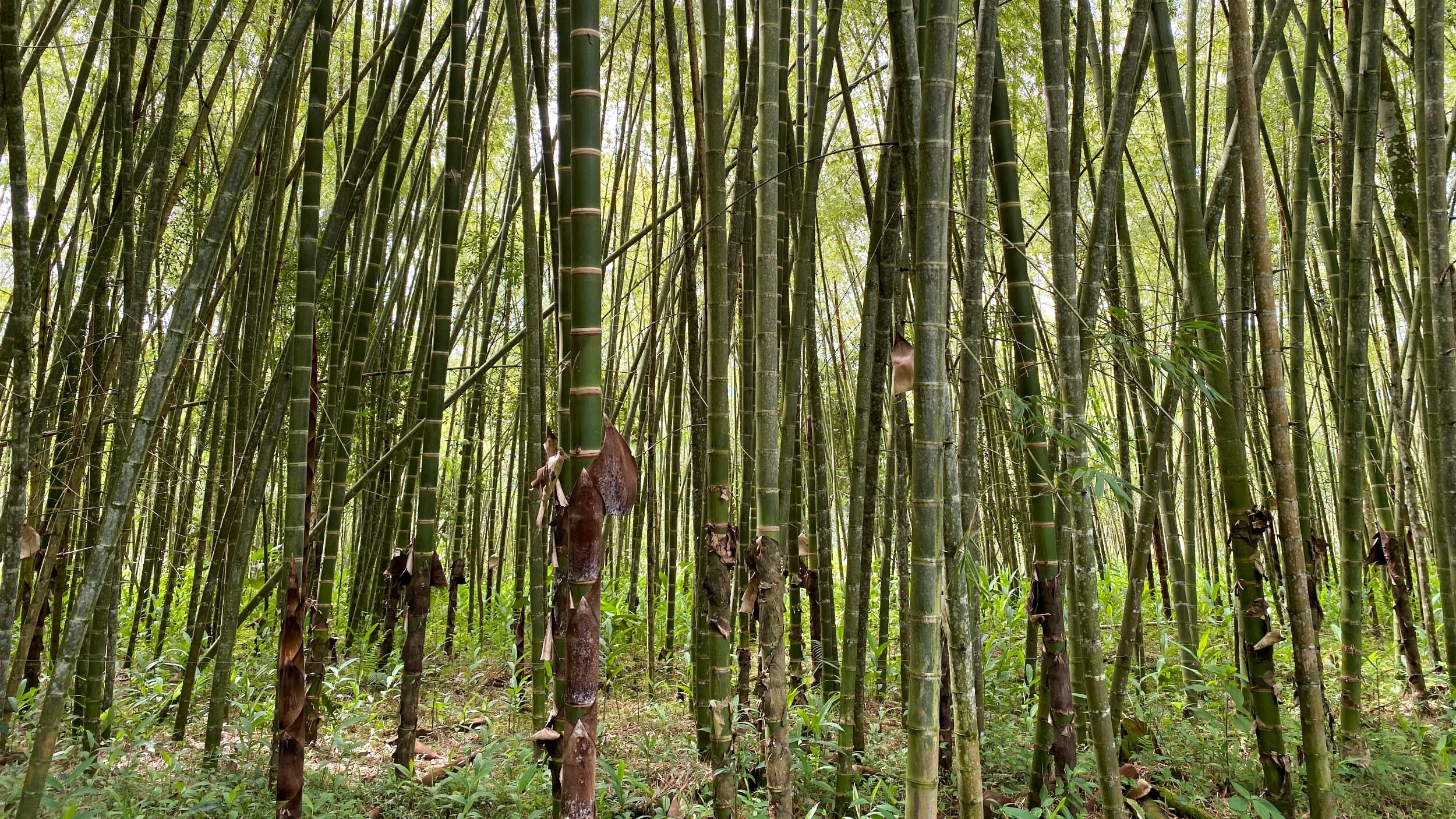
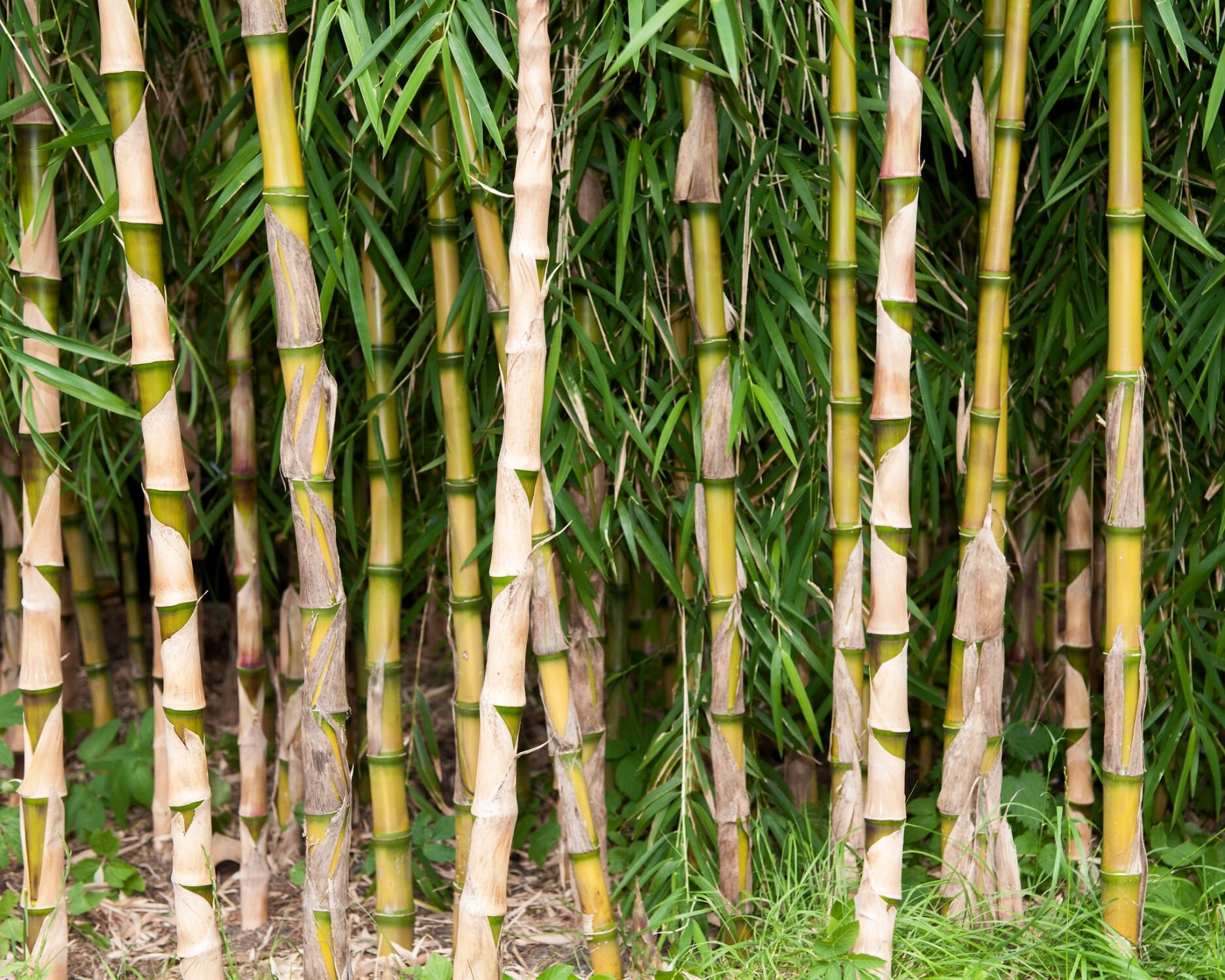
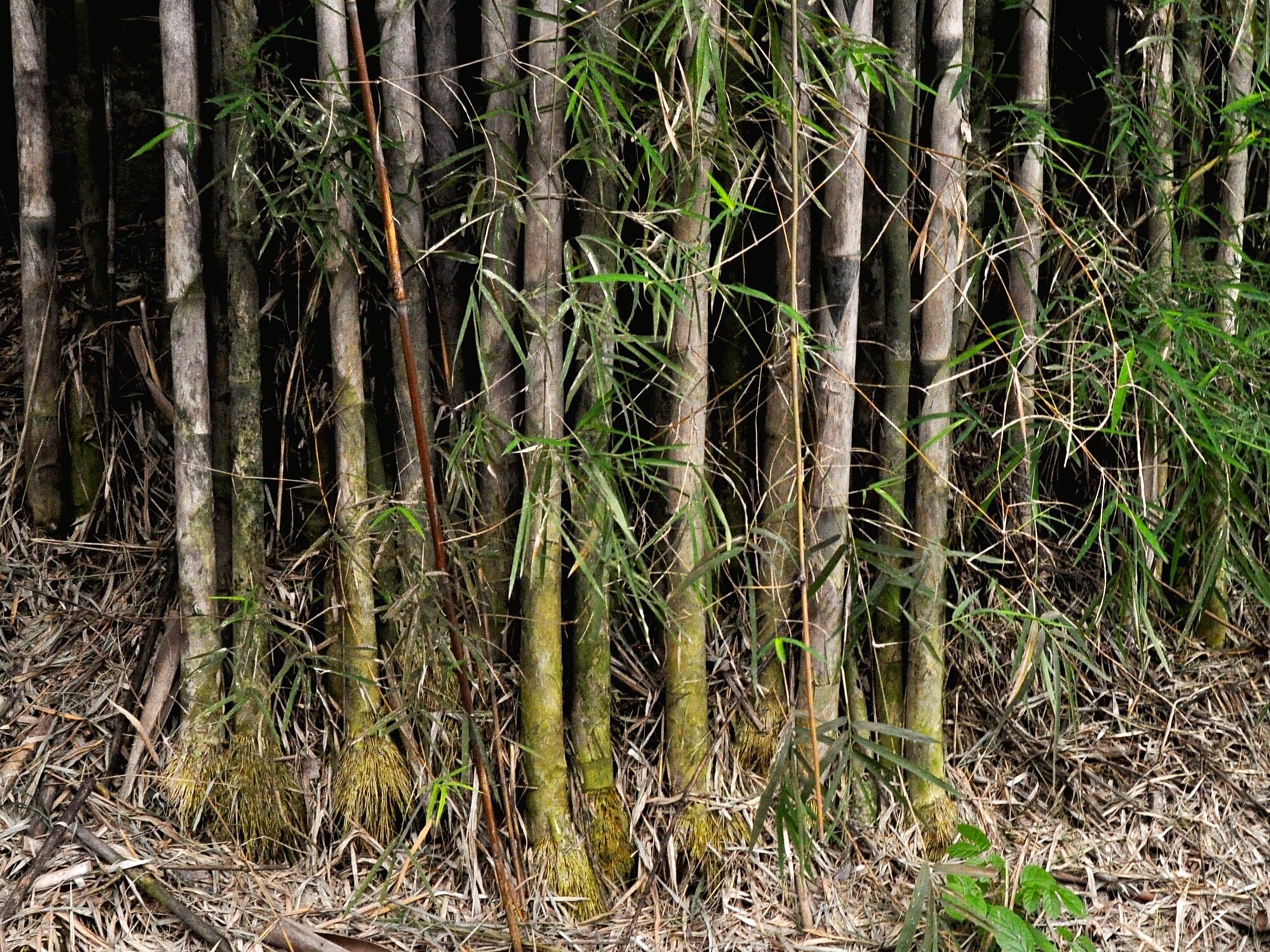
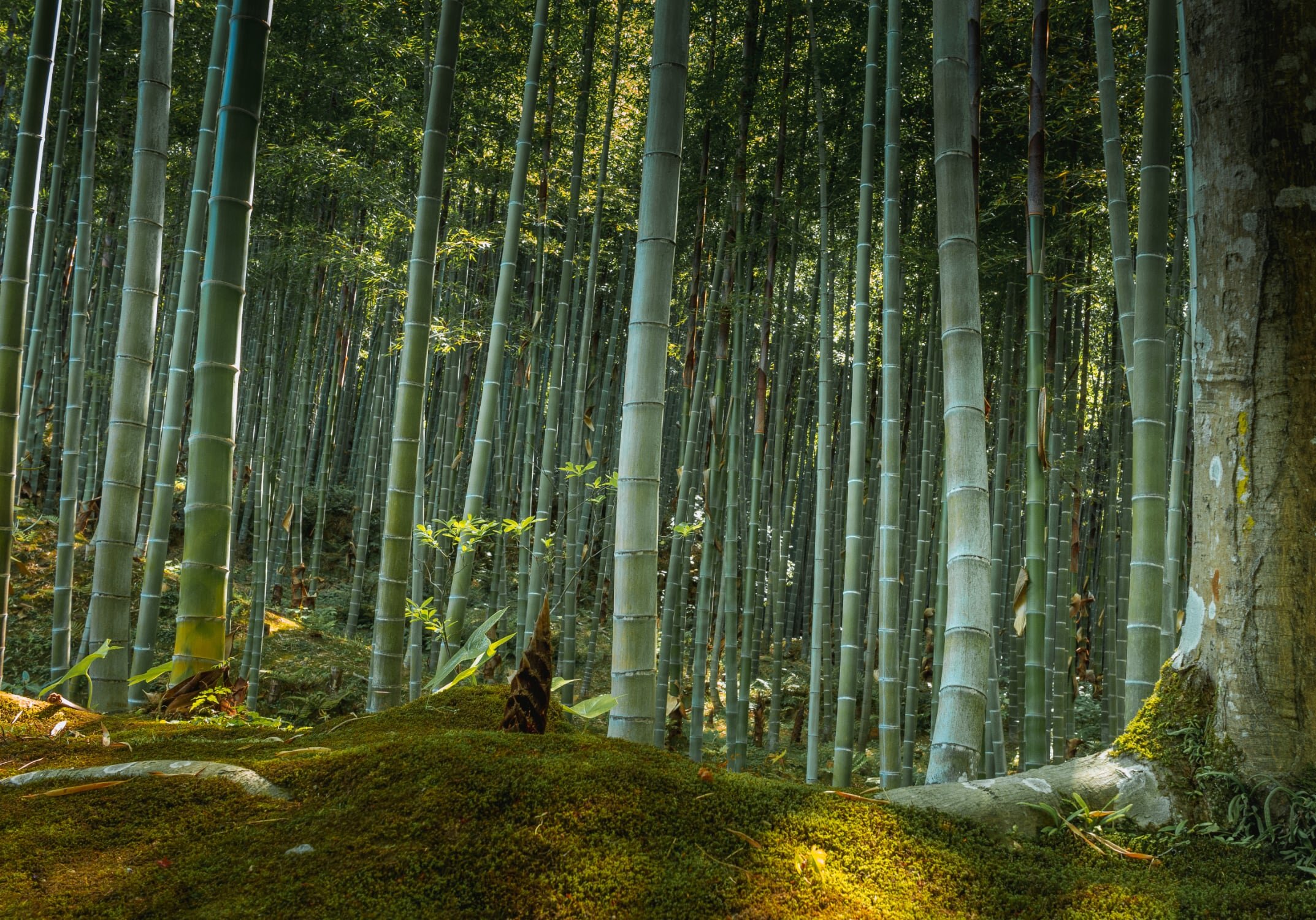
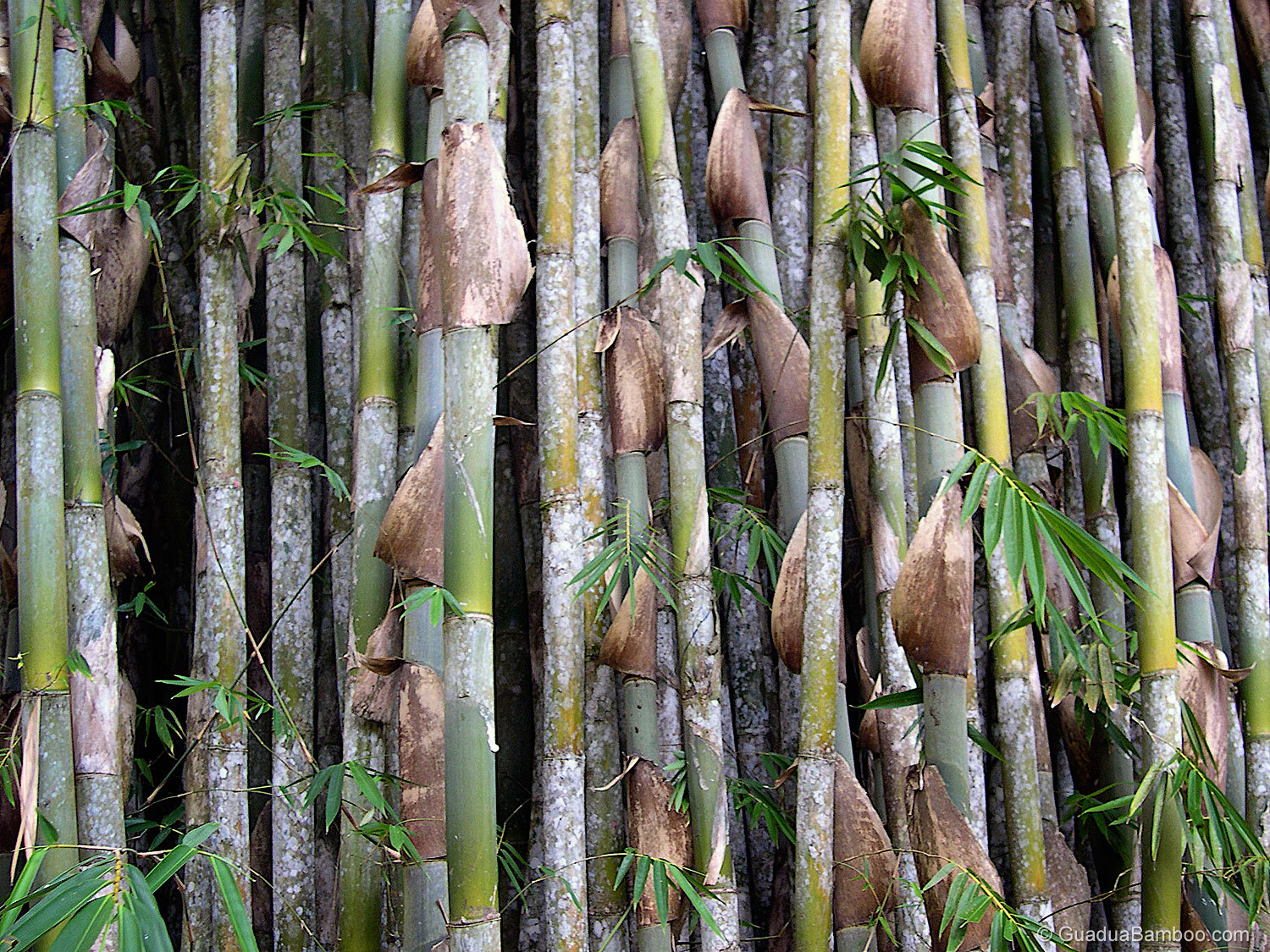









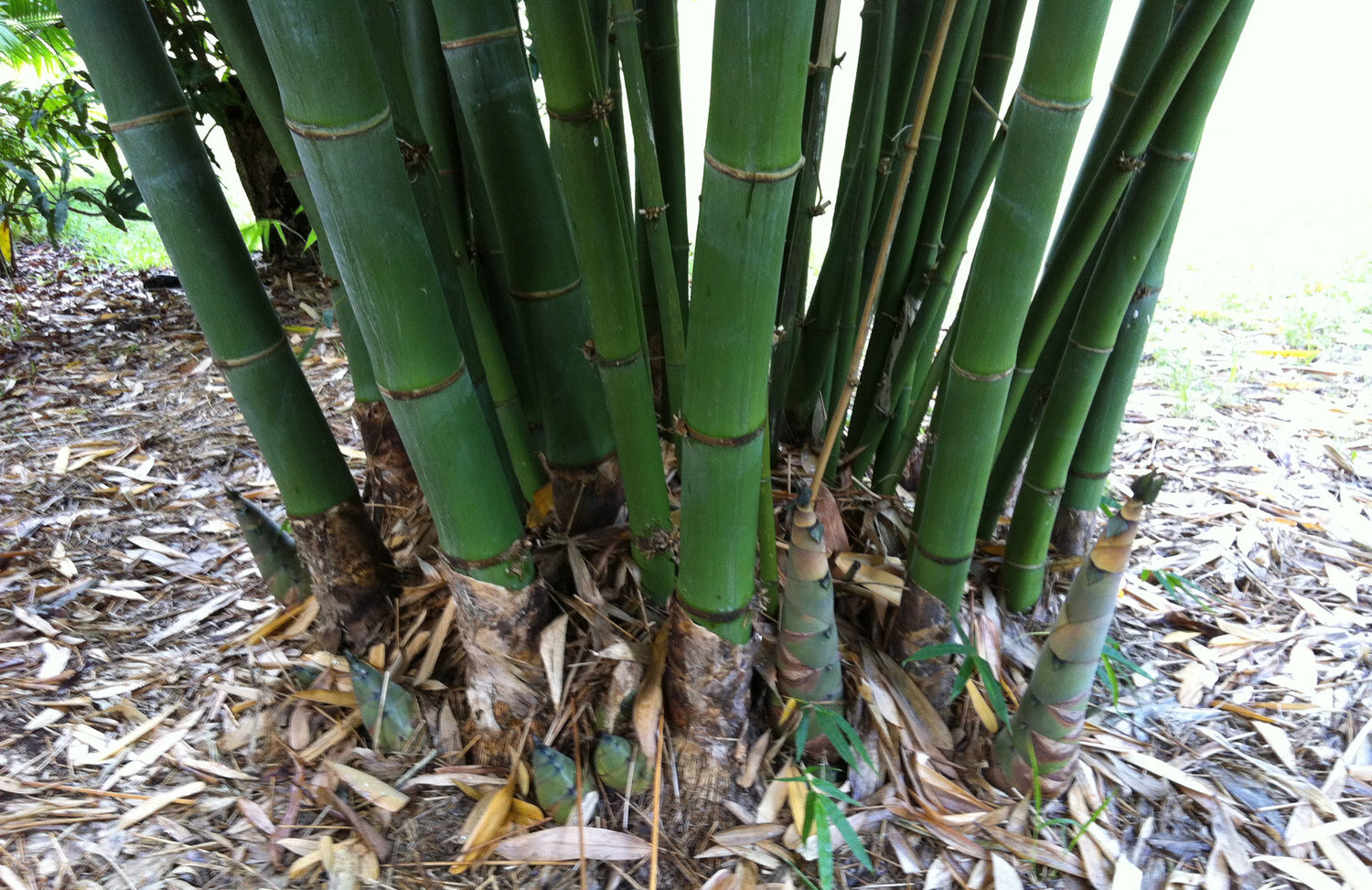




Date planted: 26 October 2021
Growth update: 17 December 2022
Adopted by: